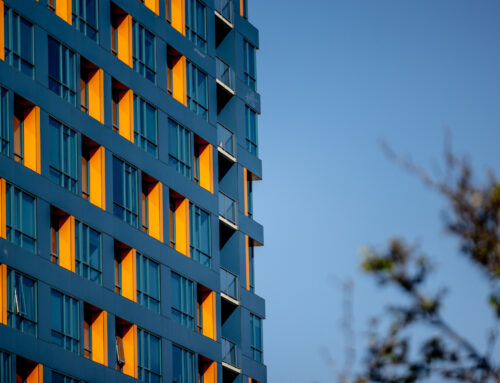The Smart revolution is upon us. Smart phones, Smart devices, Smart houses, Smart buildings; the list continues. We’re in a seemingly never-ending progression towards all things Smart – and the development reaches its peak capacity with Smart Cities.
These tech-powered metropolitan locations represent the height of contemporary technologies. All things digital come together to create a seamless net of information, innovation, and evolution.
In the last year alone, Smart cities have undergone progress at an inconceivable rate. What was once impossible is now the norm in the globe’s biggest Smart cities such as New York City, Paris, Tokyo, Reykjavik, Seoul, and London.
Sit back, relax, and get caught up. Here’s how the Smart City module has changed during 2019:
Advanced 5G Connectivity
5G is here. Although we’re already pretty familiar with this cool new tool, it’s important to remember that 5G wasn’t around a year ago.
The introduction to 5G made a massive impact on Smart cities because they are some of the only locations where this new capacity can truly show off all that it can do. While 5G is everywhere, it isn’t able to run at full-throttle in rural areas as it does in big metros – and of course, Smart cities.
In order for 5G to support the increased data transmissions and Cloud-powered storage capabilities, there needs to be a large-scale tech infrastructure in place. WiFi emitters, satellites, sensors, cameras and tons of wiring are all needed to fuel 5G’s best performance.
Fortunately, all of this can be found in Smart cities. 5G is able to deliver all that it promises in the world’s most advanced tech hubs.
Hello, Internet of Things
Along with 5G came the IoT.
The Internet of Things is an extensive web of digital tools that use UIDs, or unique identifiers, to transmit information to one main network conglomerate. The IoT enables instantaneous data transfers that are completely hands-free – meaning that people have (almost) nothing to do with it.
The IoT’s advanced capacity has given rise to truly Smart buildings and cities.
Eco-Friendly Everything
Smart cities aren’t just focused on progress. They strive for sustainability, too. Contemporary Smart cities have adopted an eco-friendly approach in 2019 with great results.
The data, technologies, and Smart tools that make up Smart cities all work to reduce waste, lower carbon emissions and cut back on pollution. Thanks to advanced sensors and data analysis systems, buildings are optimizing the way they use their resources.
The interconnected design of Smart cities enables them to overcome environmental challenges that plague other cities around the world.
Smart cities are the apex of the global race towards all things Smart, and the marathon continues into 2020 and beyond. Keep your eyes on the evolving Smart cities – you won’t want to miss this.






